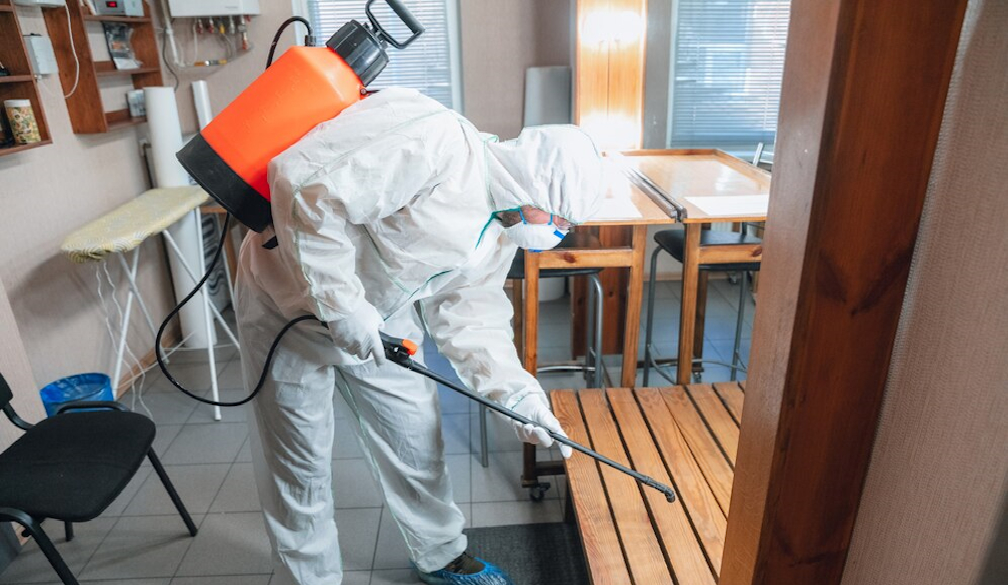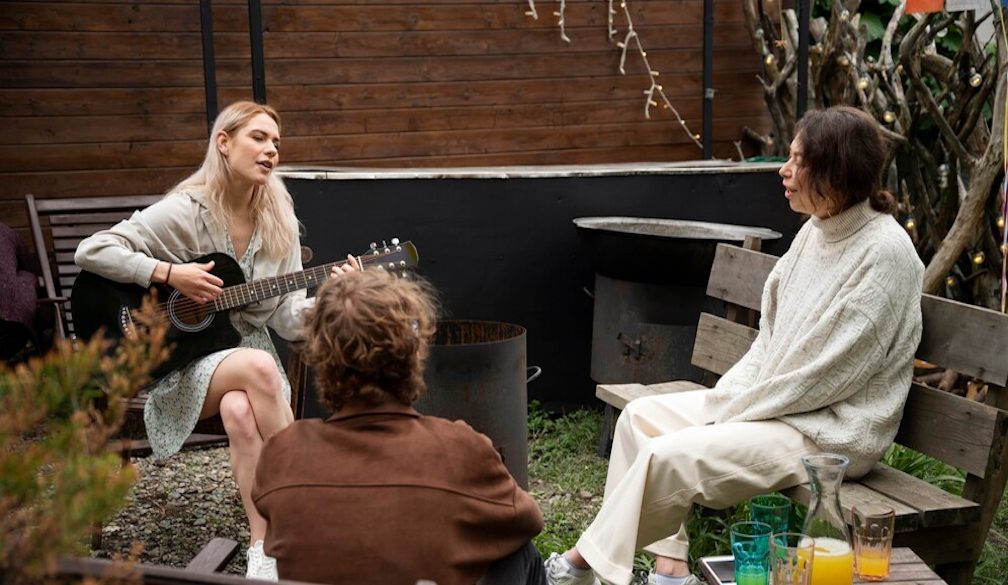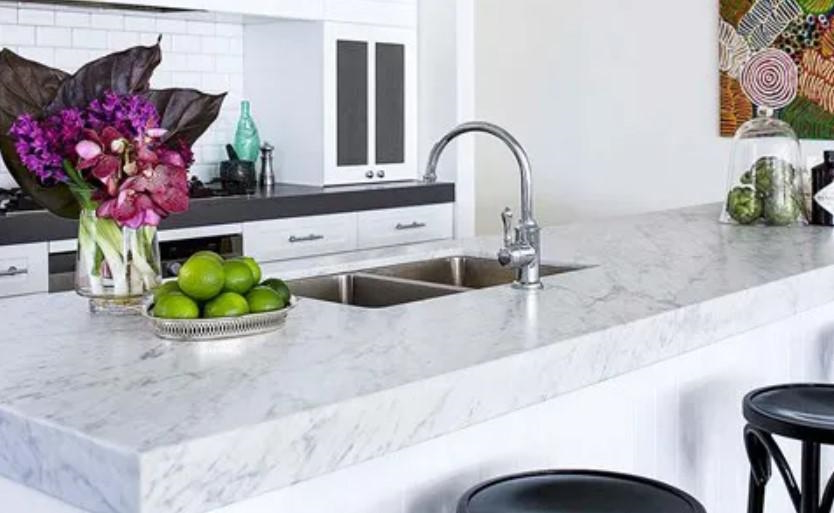How To Create A Sustainable Garden At Home
- Written by Daily Sun

Gardening is a popular pastime that allows people to connect with nature, exercise, and beautify their surroundings. However, traditional gardening methods can be harmful to the environment due to the use of chemical fertilizers, pesticides, and other unsustainable practices. To mitigate the negative impact of gardening, more and more people are turning to sustainable gardening techniques that prioritize environmental health and balance.Â
Here, we will discuss how to create a sustainable garden at home in easy-to-understand points.
Planning Your Sustainable Garden
Before you start digging and planting, it's essential to plan your garden to ensure that it aligns with sustainable principles.Â
- Assess your space and determine the right plants to grow based on the amount of sunlight, soil type, and drainage. Consider choosing plants native to your region, as they are adapted to the local climate and require less water and care.Â
- Once you have selected your plants, decide on the garden layout and design. A sustainable garden should be organized in a way that maximizes sun exposure, reduces water runoff, and allows for efficient use of resources. For example, you could group plants according to their water needs so you don't overwater or underwater them.
- Finally, consider the environmental impact of your choices. Avoid synthetic fertilizers and pesticides that harm the soil, water, and wildlife. Instead, choose organic or natural alternatives that are safe for the environment and effective in promoting plant growth and pest control. You could also choose to plant trees and shrubs that sequester carbon and provide habitat for birds and other animals.
Building a Healthy Soil
The soil is the foundation of any garden, and healthy soil is essential for sustainable gardening. Healthy soil contains a balanced mix of nutrients, organic matter, and beneficial microorganisms that support plant growth and protect against pests and diseases. To build healthy soil, you can add compost and other organic matter that enriches the soil and improves its structure. Compost can be made from kitchen scraps, yard waste, and other organic materials that decompose into a nutrient-rich soil amendment.
In addition to composting, you can use cover crops that add nutrients to the soil, suppress weeds, and prevent erosion. Cover crops are planted between main crops or during fallow periods to improve the soil's health and fertility. Examples of cover crops include clover, vetch, and rye. You can also check out tips for improving soil quality online.
Water Conservation
Water is a precious resource, and conserving water is a crucial aspect of sustainable gardening. In many regions, water is scarce, and gardeners must be mindful of their water usage to avoid depleting local water sources.And one should be aware of how to save water in the garden. To reduce water usage in your garden, you can try several water-saving techniques:
- Mulching is the practice of covering the soil with a layer of organic matter that helps retain moisture, regulate soil temperature, and suppress weeds. Mulch can be made from leaves, straw, wood chips, or other natural materials that break down slowly and add nutrients to the soil.
- Drip irrigation is a method of watering plants that delivers water directly to the roots through hoses and emitters. Drip irrigation reduces water waste by minimizing evaporation and runoff and can save up to 50% of water compared to traditional sprinkler systems.
- Rainwater harvesting is the practice of collecting and storing rainwater for later use. Rainwater harvesting can use rain barrels, cisterns, or other containers that capture rainwater from rooftops or other surfaces. The collected rainwater can be used for watering plants, washing cars, or other non-potable uses. Learn more about rainwater tank and pump installation here.
Natural Pest Control
Pests and diseases can damage plants and reduce their yield, but traditional pesticides can harm the environment and endanger beneficial insects, such as bees and butterflies. To avoid harmful chemicals, you can try natural pest control methods that rely on companion planting, biological controls, and cultural practices.
- Companion planting is the practice of growing plants that repel pests or attract beneficial insects to the garden. For example, planting marigolds can help deter aphids, while planting milkweed can attract monarch butterflies.
- Biological controls involve introducing beneficial insects or microorganisms that prey on pests or diseases. Ladybugs, praying mantises, and nematodes are examples of beneficial organisms that can help control garden pests naturally.
- Cultural practices refer to the habits and techniques that gardeners use to prevent pest and disease problems. For example, rotating crops, pruning infected plant parts, and maintaining good soil health can all help reduce pest and disease pressure.
Maintaining Your Sustainable Garden
Maintaining a sustainable garden requires ongoing care and attention. To keep your garden healthy and vibrant, follow tips for watering lawns, fertilizing, and pruning. You should also monitor your garden for pests and diseases and take appropriate action if needed.
In addition, you can take steps to prevent common issues by practising good hygiene, choosing disease-resistant plants, and avoiding over-fertilization. Over-fertilization can lead to nutrient imbalances and excessive plant growth, which can make plants more vulnerable to pests and diseases.
Conclusion:
Creating a sustainable garden at home is a rewarding and fulfilling activity that benefits not only your health and well-being but also the environment. Start small and experiment with different techniques until you find what works best for your garden and lifestyle. Happy gardening!

















